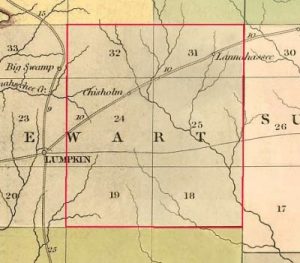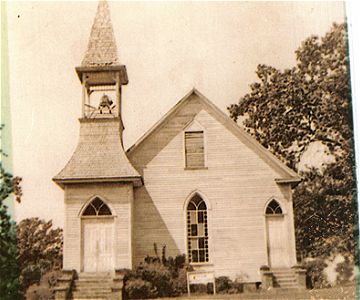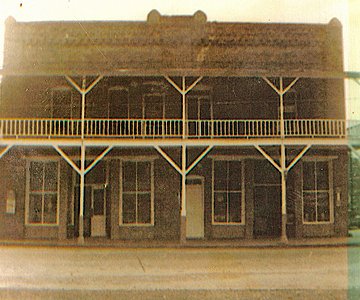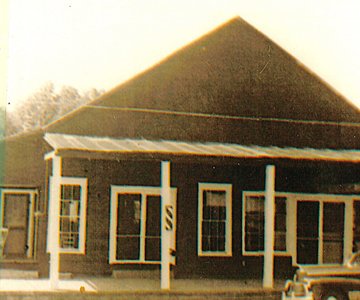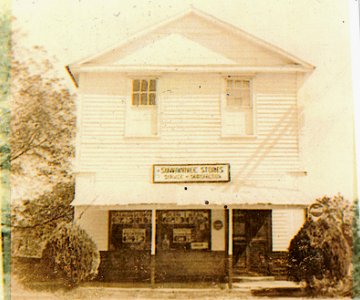HISTORY OF WEBSTER COUNTY
Webster County was created from a portion of Stewart County on December 16, 1853 by an act of the General Assembly. Initially, Georgia’s 104th county was named Kinchafoonee County, after the Kinchafoonee Creek that flows through the county. (“Kinchafoonee” was a Creek Indian word that apparently referred to a mortar or bone device for cracking nuts.) However, many residents of the new county thought the name was awkward, undignified, and would invite ridicule from outsiders–so they asked that the county be renamed. On February 21, 1856, the legislature changed the name of Kinchafoonee County to Webster County. The new name honored the famous U.S. orator and politician, Daniel Webster (1782-1852).
An Act on February 21,1856, changed the name to Webster in honor of Daniel Webster, New England orator and stateman. Among the first Kinchafoonee County Officers in 1854 were: Sheriff Carey T. Cox, Clerk of Superior Court James G. Hall, Clerk of Inferior Court John D, King, Ordinary E.B. Swiney, Tax Receiver William McLendon, Tax Collector Lucius Sanders, Surveyor Jno.McCain and Coroner James R. Moore.
The first non-indian settlement in the area of Stewart County that would form Kinchafoonee County was Lannahassee, which was settled in 1836. In 1851, residents of Lannahassee apparently moved to a nearby location, which they named McIntosh, after Creek Indian Chief. The 1853 act creating Kinchafoonee County named Oliver Taggart, Mason H.Bush, Chappell Coy, Robert Batey, and James Holley as commissioners with authority to locate the site of the county seat and to purchase the land and have it laid off into lots . The act also called for election of county officials on the second Monday in February 1854. If a county seat had not been designated by the time of that election, the county’s new inferior court would assume all power to designate the county seat. Though the date of the action is not clear, either the commissioners or the inferior court selected McIntosh as county seat.
On February 21, 1856, the legislature changed the county seat from McIntosh to Preston. Some sources have suggested that this was just a name change, though the actual text of the legislative act states: “Sec. III. And be it further enacted, that the county seat of said county of Webster be changed from McIntosh to Preston.”
On December 22, 1857, legislature incorporated the town of Preston (Ga. Laws 157, p.187).
Preston is believed to have been named for former South Carolina senator William C. Preston (1794-1860).
NOTABLE EVENTS OF WEBSTER COUNTY
-
The first Confederate flag to fly in Georgia was raised on the Webster County Courthouse lawn in 1861.
-
At the end of the war, Union troops cut down and destroyed the flagpole.
-
For a short period during World War II, the belvedere atop the courthouse was used to watch for any enemy aircraft that might be headed toward nearby Fort Benning.
-
Preston, the county seat was known as Lannahassee and was the first non-indian settlement after Creek Indians left the area. When the county was created, its named changed to honor William O. Preston of South Carolina.
-
Endangered species found in Webster County are the southern bald eagle and the red-cockaded woodpecker.
-
Walter F. George, who served as a U.S. Senator for 34 years, ambassador to NATO, and a special advisor to President Dwight D. Eisenhower, was born near Preston in 1878.
-
On Friday, May 2, 1873, Miss Susan Eberhart was put to death by hanging (read the book) for being an accomplice to murder. Her execution, carried out in Preston, was one of only 13 female hangings in Georgia from 1735 to 1895. There have been two other women executed in Georgia since then, both by other means.

